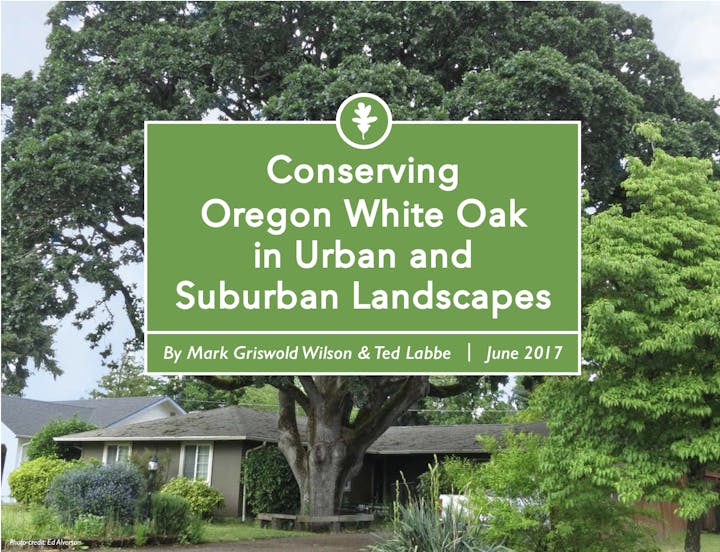Upland Prairie and Savanna

Upland prairies or open grasslands are among the most threatened ecosystems in Oregon. Historically, they occurred across the Willamette Valley and are vegetated by perennial grasses and annual or perennial forbs. When an upland prairie area contains some widely spaced (a few trees per acre) open grown Oregon white oaks, Douglas-fir, or ponderosa pines with wide canopies, it is called a savanna. Upland prairies and savanna typically occur on well drained soils on slopes on the bottom of the valley and into the foothills of the Cascades and Coast Range. Historically, Native Americans maintained these habitats by seasonal fires by Native Americans.
Flora
Grasses
| Roemer’s fescue | California oatgrass |
| Prairie junegrass | Blue wildrye |
| Lemmon’s needlegrass |
Forbs
| Oregon sunshine | Slender cinquefoil |
| Dwarf checkermallow | Selfheal |
| Tolmie startulip (1) |
Fauna
Fauna that frequent upland prairie (UP) and savanna (S) habitats are:
Birds
| Grasshopper Sparrow (UP) | Common Nighthawk (UP) |
| Streaked Horned Lark (UP) | Lazuli Bunting (UP, S) |
| Oregon Vesper Sparrow (UP, S) | Western Bluebird (UP, S) |
| Western Meadowlark (UP, S) | Western Kingbird (UP, S) |
Invertebrates
| Taylor s checkerspot (UP, S) | Fender s blue (UP, S) |
| Tailed copper (UP, S) |
Mammals
| Camas pocket gopher (UP) |


